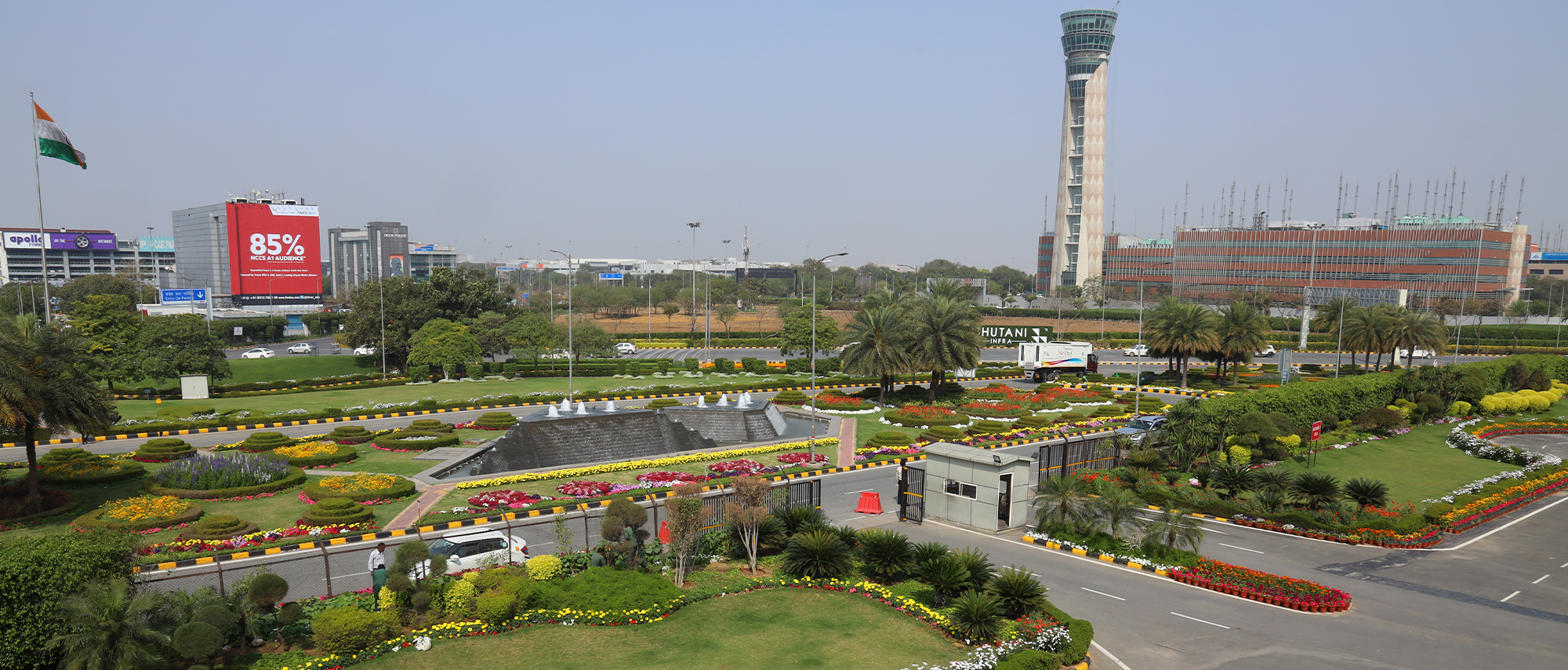
The traditional image of an airport is one dominated by vast expanses of concrete – runways, taxiways, terminals. This focus on functionality has often come at the expense of environmental considerations. However, a new approach is emerging, one that integrates landscaping and horticulture into airport design to create a more sustainable and aesthetically pleasing experience for passengers and staff alike.
There are numerous benefits to incorporating landscaping and horticulture services into airport design. Landscaping can:
1. Reduce the Urban Heat Island Effect: Airports contribute to the urban heat island effect, where cities are significantly warmer than surrounding areas. Strategically placed trees and vegetation can provide shade, reducing surface temperatures and mitigating the heat island effect.
2. Improve Air Quality: Landscaping with native plants can act as natural filters, absorbing pollutants and improving air quality for passengers and staff.
3. Better Stormwater Management: Well-designed landscaping can help manage stormwater runoff, reducing the risk of flooding and erosion. Bioswales and rain gardens can be incorporated to naturally filter and retain rainwater, lessening the burden on traditional drainage systems.
4. Promote Biodiversity: Airports can become havens for local wildlife by providing habitat for birds, butterflies and other pollinators. This not only benefits the environment but can also create a more welcoming atmosphere for passengers.
5. Reduce Noise Pollution: Trees and shrubs can act as a buffer, absorbing and deflecting noise from aircraft engines, creating a quieter and more relaxing environment for passengers in terminals and surrounding communities.
6. Improve Aesthetics: Landscaping and horticulture services can transform a sterile airport environment into a more inviting and visually appealing space. Passengers are increasingly seeking a connection with nature during their travels and a well-designed green space can significantly enhance the overall airport experience.
Integrating landscaping and horticulture requires careful planning and consideration of several factors:
Indira Gandhi International Airport (IGI Airport) in Delhi serves as a prime example of how landscaping and horticulture services can be effectively integrated into airport design. The T3 terminal at IGI Airport boasts several innovative features:
These features, along with the incorporation of water features and strategically placed greenery, contribute to a more sustainable and aesthetically pleasing environment for travelers using the Delhi Airport.
At GEMS (Global Engineering & Management Services), we understand the importance of sustainable airport design. Our team of experienced professionals possesses a deep understanding of Landscaping & Horticulture Services and we are adept at integrating these elements seamlessly into your airport project.
GEMS offers a comprehensive suite of Landscaping & Horticulture Services including:
With a proven track record of delivering excellence and technological supremacy, GEMS is your one-stop shop for all your engineering and management needs. We are committed to exceeding client expectations and setting new industry benchmarks.
Partner with GEMS today and let us help you create a sustainable and passenger-friendly airport that is a jewel in the crown of the aviation industry.
If you need any services, drop us a mail at Rohitkumar.Singh@gmrgroup.in or get in touch with us at +919717199753.